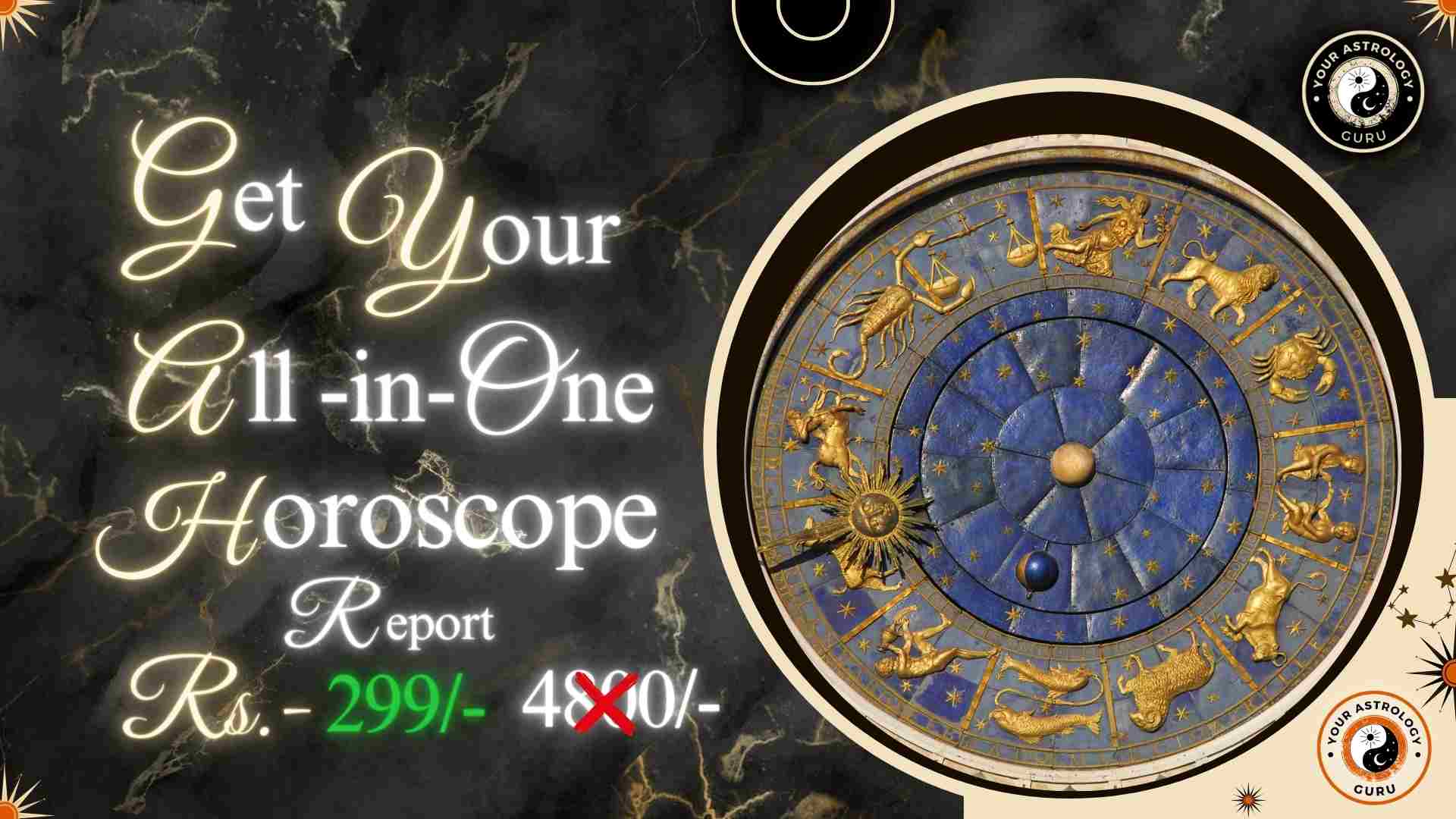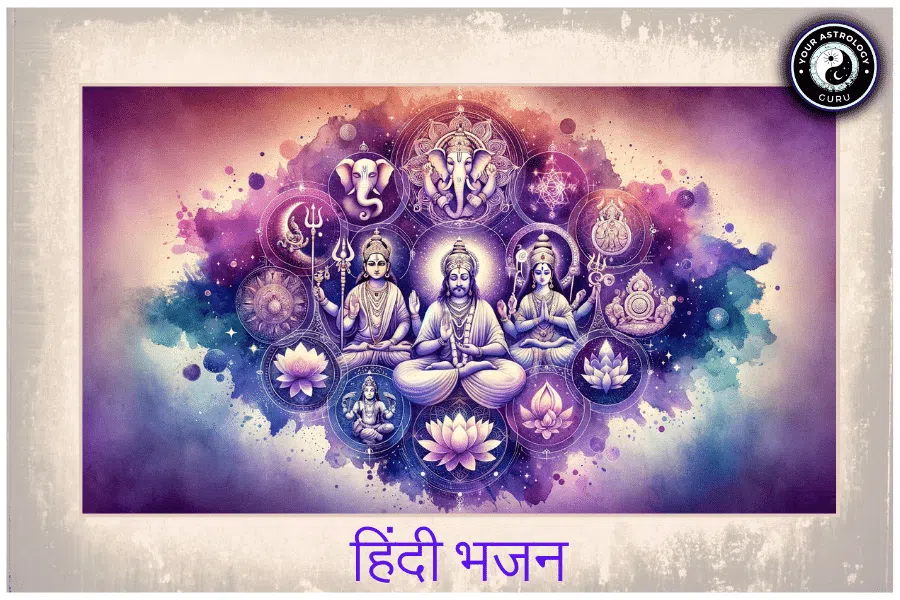Indian astrology, also known as Vedic astrology or Jyotish, has a rich history that dates back thousands of years. It is believed to have originated in ancient India and has been passed down through generations as a sacred and revered practice. Indian astrology is based on the concept that the positions and movements of celestial bodies can influence human behavior and destiny.
One of the key tools used in Indian astrology is the birth chart, also known as the natal chart or horoscope. A birth chart is a map of the sky at the exact moment of an individual’s birth. It is created using the individual’s date, time, and place of birth. The birth chart provides valuable insights into an individual’s personality traits, strengths, weaknesses, and life events.
Table of Contents
The Significance of Planetary Alignment in Indian Astrology
In Indian astrology, there are nine planets that are considered to have a significant impact on an individual’s life. These planets are the Sun, Moon, Mars, Mercury, Jupiter, Venus, Saturn, Rahu (North Node), and Ketu (South Node). Each planet represents different aspects of life and has its own unique qualities and influences.
The alignment of these planets at the time of an individual’s birth is believed to have a profound impact on their personality traits, behavior patterns, and life events. The positions of the planets in the birth chart determine how they interact with each other and with the different houses in the chart.
How to Read Your Birth Chart: A Step-by-Step Guide
Reading a birth chart can seem complex and overwhelming at first, but with some guidance, it can become a valuable tool for self-discovery and personal growth. Here is a step-by-step guide on how to read and interpret your birth chart:
1. Ascendant: The ascendant, also known as the rising sign, represents the individual’s outward personality and how they present themselves to the world. It is determined by the sign that was rising on the eastern horizon at the time of birth.
2. Planets: The planets in the birth chart represent different aspects of life and have their own unique qualities and influences. Each planet is placed in a specific sign and house, which further influences its impact on the individual’s life.
3. Houses: The birth chart is divided into twelve houses, each representing different areas of life such as career, relationships, health, and spirituality. The placement of planets in these houses determines their influence on the corresponding areas of life.
4. Aspects: Aspects are the angles formed between planets in the birth chart. They indicate how different planets interact with each other and influence each other’s energies. Positive aspects can enhance the qualities of a planet, while negative aspects can create challenges or conflicts.
The Importance of the Ascendant and House Placement in Your Chart
The ascendant, or rising sign, is one of the most important components of a birth chart. It represents the individual’s outward personality, physical appearance, and how they interact with the world. The ascendant sign sets the tone for the entire birth chart and influences all other aspects of life.
The twelve houses in a birth chart represent different areas of life and have a significant impact on an individual’s experiences and events. Each house is associated with a specific sign and represents a different aspect of life such as career, relationships, health, and spirituality. The placement of planets in these houses determines their influence on the corresponding areas of life.
For example, if Mars is placed in the 10th house of career, it can indicate a strong drive for success and ambition in one’s professional life. On the other hand, if Venus is placed in the 7th house of relationships, it can indicate a harmonious and loving partnership.
Understanding the Role of the Sun, Moon, and Planets in Your Chart
The Sun, Moon, and planets play a crucial role in an individual’s birth chart and have a significant impact on their personality traits, behavior patterns, and life events.
The Sun represents the core essence of an individual’s personality and their sense of self. It represents their ego, willpower, and vitality. The sign and house placement of the Sun in the birth chart can indicate the individual’s strengths, weaknesses, and life purpose.
The Moon represents the emotional and subconscious aspects of an individual’s personality. It represents their feelings, instincts, and intuition. The sign and house placement of the Moon in the birth chart can indicate how an individual processes emotions, their emotional needs, and their relationship with their mother or maternal figures.
The other planets in the birth chart also have their own unique qualities and influences. For example, Mars represents energy, passion, and assertiveness. Mercury represents communication, intellect, and learning. Jupiter represents expansion, abundance, and wisdom. Venus represents love, beauty, and harmony. Saturn represents discipline, responsibility, and life lessons.
The Influence of Retrograde Planets in Your Birth Chart
In Indian astrology, retrograde planets are considered to have a significant impact on an individual’s life. A retrograde planet is a planet that appears to be moving backward in its orbit from our perspective on Earth.
When a planet is retrograde in the birth chart, its energy is believed to be intensified or internalized. This can manifest as challenges or delays in the areas of life represented by that planet. However, retrograde planets can also bring unique gifts and talents to an individual’s life.
For example, if Mercury is retrograde in the birth chart, it can indicate challenges or delays in communication or learning. However, it can also indicate a deep inner wisdom or ability to think outside the box.
The Impact of Planetary Transits on Your Life
Planetary transits occur when a planet moves from one sign to another in the sky. These transits can have a significant impact on an individual’s life and can trigger events, opportunities, or challenges.
During a planetary transit, the energy of the transiting planet interacts with the energy of the planets in an individual’s birth chart. This can amplify or modify the influence of the birth chart and bring about changes or shifts in different areas of life.
For example, if Jupiter is transiting through the 7th house of relationships, it can bring opportunities for growth and expansion in partnerships. On the other hand, if Saturn is transiting through the 10th house of career, it can bring challenges or responsibilities in one’s professional life.
Using Your Birth Chart to Identify Your Strengths and Weaknesses
One of the key benefits of reading and interpreting your birth chart is gaining insight into your strengths and weaknesses. By understanding your unique planetary placements, you can identify areas where you excel and areas where you may need to put in more effort.
For example, if you have Mars placed in the 1st house of self-expression, you may have a natural assertiveness and drive to pursue your goals. On the other hand, if you have Saturn placed in the 4th house of home and family, you may struggle with feelings of insecurity or responsibility in these areas.
By recognizing your strengths, you can focus on developing them further and leveraging them to achieve success. By acknowledging your weaknesses, you can work on improving them or finding strategies to overcome them.
How Your Birth Chart Can Help You Make Better Life Decisions
Your birth chart can serve as a valuable tool for making better life decisions. By understanding your unique planetary placements and their influences, you can make choices that align with your true nature and purpose.
For example, if you have a strong emphasis on the 5th house of creativity and self-expression in your birth chart, pursuing a career in the arts or creative fields may bring you fulfillment and success. On the other hand, if you have a strong emphasis on the 10th house of career and public image, pursuing a traditional or prestigious profession may be more aligned with your strengths and aspirations.
By using your birth chart as a guide, you can make decisions that are in alignment with your true self and that support your personal growth and fulfillment.
The Role of Remedies in Indian Astrology for Negative Planetary Influences
In Indian astrology, remedies are often recommended to mitigate the negative influences of planetary placements or transits. Remedies can include wearing specific gemstones, performing specific rituals or prayers, or making lifestyle changes.
The purpose of remedies is not to change the planetary placements or transits themselves, but rather to change our response to them. By engaging in remedies, we can shift our energy and mindset to align with the positive qualities of the planets and navigate challenges more effectively.
For example, if an individual is experiencing challenges in their career due to a difficult Saturn placement in their birth chart, they may be advised to wear a blue sapphire gemstone or perform specific Saturn-related rituals to appease the energy of Saturn and bring about positive changes in their professional life.
Embracing the Power of Planetary Alignment in Your Life
Indian astrology and birth charts offer a powerful tool for self-discovery, personal growth, and making better life decisions. By understanding the significance of planetary alignment and how it influences our lives, we can gain valuable insights into our strengths, weaknesses, and life events.
Embracing the power of Indian astrology means recognizing that we are not simply passive recipients of our fate, but active participants in shaping our own destiny. By understanding our unique planetary placements and their influences, we can make choices that align with our true nature and purpose, and navigate life’s challenges with greater awareness and resilience.
So, take the time to explore your birth chart, consult with a knowledgeable astrologer, and embrace the power of planetary alignment in your life. By doing so, you can unlock your true potential and create a life that is in alignment with your highest self.














